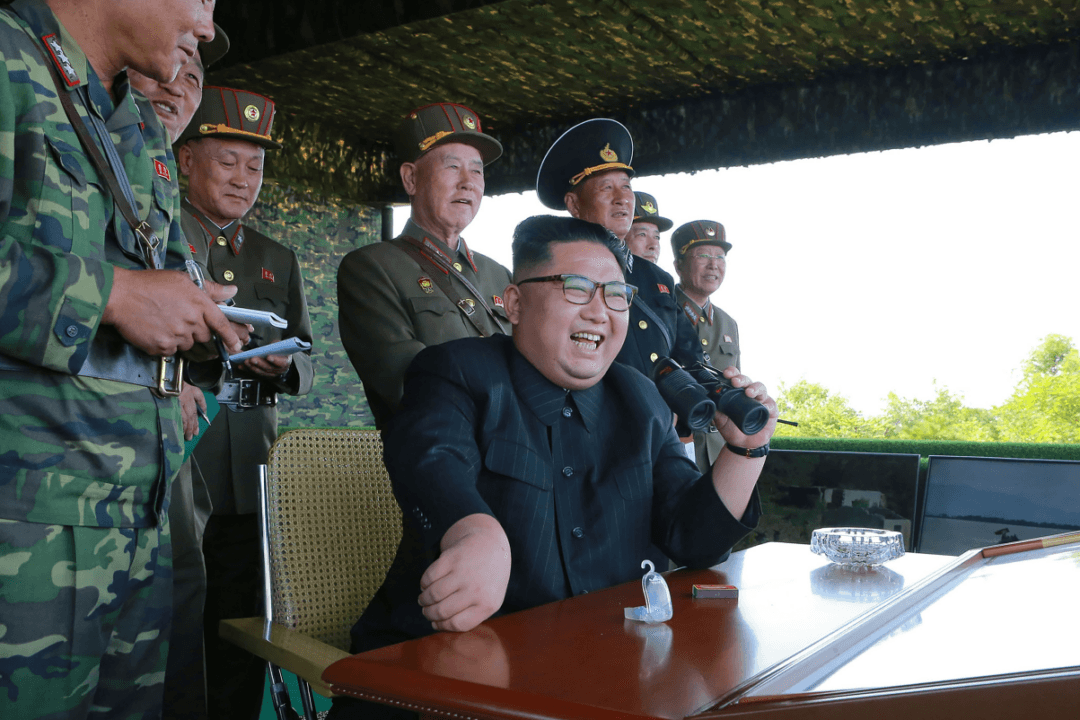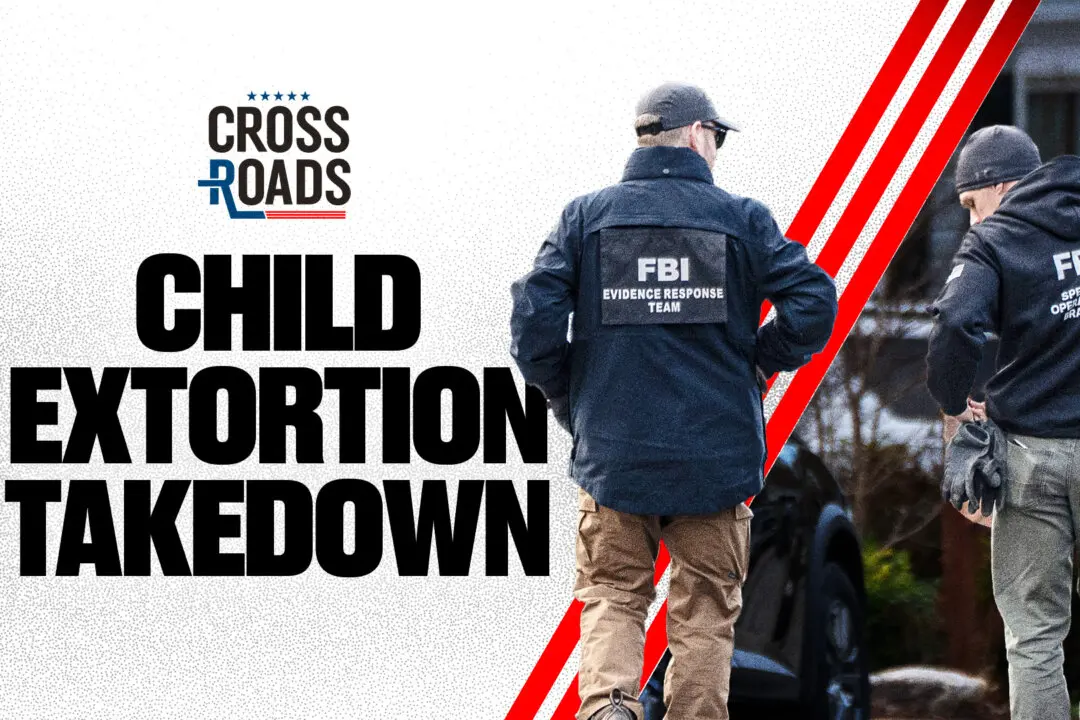The North Korean communist regime held drills to infiltrate the South Korea-U.S. Combined Forces Command in Seoul by having its Special Forces soldiers paraglide into it.
Defense officials in South Korea say that, for the first time, according to South Korea’s Yonhap news agency, North Korea’s Special Forces soldiers have “carried out paragliding infiltration drills aimed at the allies’ command post.”





